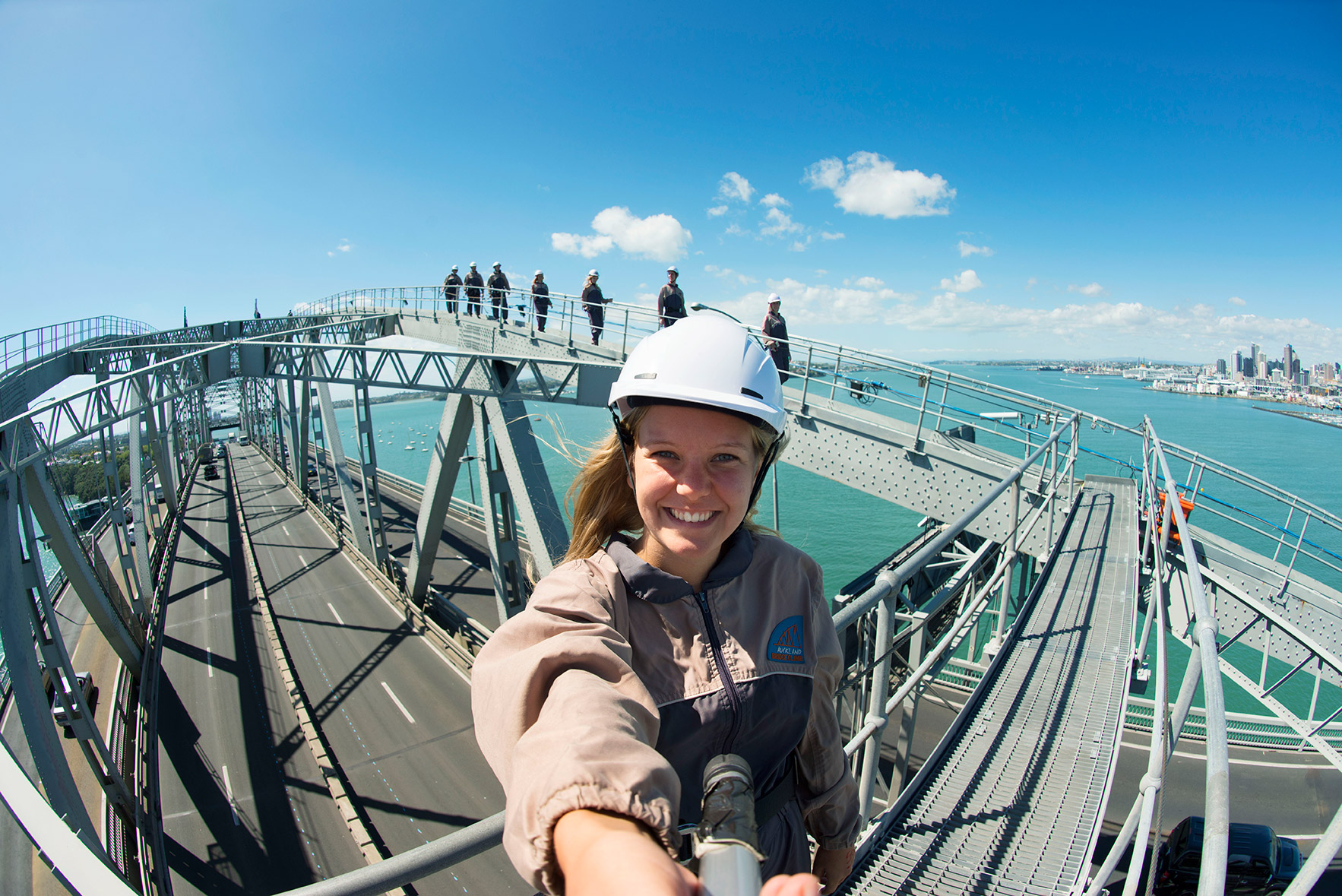
Tāmaki Makaurau – Tāmaki Makaurau’s population may rise from about 1.7 million currently to two million people by early next decade, Stats NZ says.
Auckland will likely have the highest average annual growth of New Zealand’s 16 regions over the next 30 years, from net migration and natural increase (more births than deaths) in relatively equal shares.
It may have as many as two million residents by the early 2030s, but that milestone may come earlier or later depending on levels of migration over the coming years. Tāmaki Makaurau is currently home to more than one third of New Zealand’s population (34 percent). By 2048 it could make up 37 percent.
Stats NZ says the medium-growth projection suggests Auckland’s population could expand by another 300,000 people by 2033: an average of about 60 extra people every day, or 1900 a month.
Tāmaki Makaurau reached a population of 1 million in the early 1990s. Recent growth was driven by high net migration in the seven years before the covid pandemic.
Auckland will account for half of New Zealand’s population growth over the next 30 years, under the medium projection. This is similar to its share of the country’s growth over the last 30 years.
Population growth rates in Waikato, Bay of Plenty, Canterbury and Northland are also important contributors to New Zealand’s increasing population.
Updated projections suggest that the rate of growth in all regions will slow in the long term. An ageing population means we can expect more deaths, despite increasing life expectancy, so population growth will generally slow in the long term.
With an ageing population, all regions except Auckland, Waikato, Gisborne, Wellington, and Canterbury are projected to have natural decreases by the late 2040s, with more deaths than births.
The medium projections indicate that the West Coast is the only region that may have a lower population in 2048 than in 2018. This is likely due to more deaths than births and low net migration.
The West Coast’s population of 32,400 (in 2020) may start declining in the early 2030s, decreasing to 30,600 in 2048. Low and high projections have this ranging from 25,500 to 36,000 people in 2048.
Of New Zealand’s 67 territorial authority areas – or city and district council areas – 61 are projected to have more people in 2048 than in 2018. The fastest growing areas are projected to be Selwyn (west of Christchurch) and the Queenstown lakes districts. The six areas expected to have smaller populations in 2048 than in 2018 are Waitomo, Ruapehu, Buller, Grey, Westland, and Gore districts.



